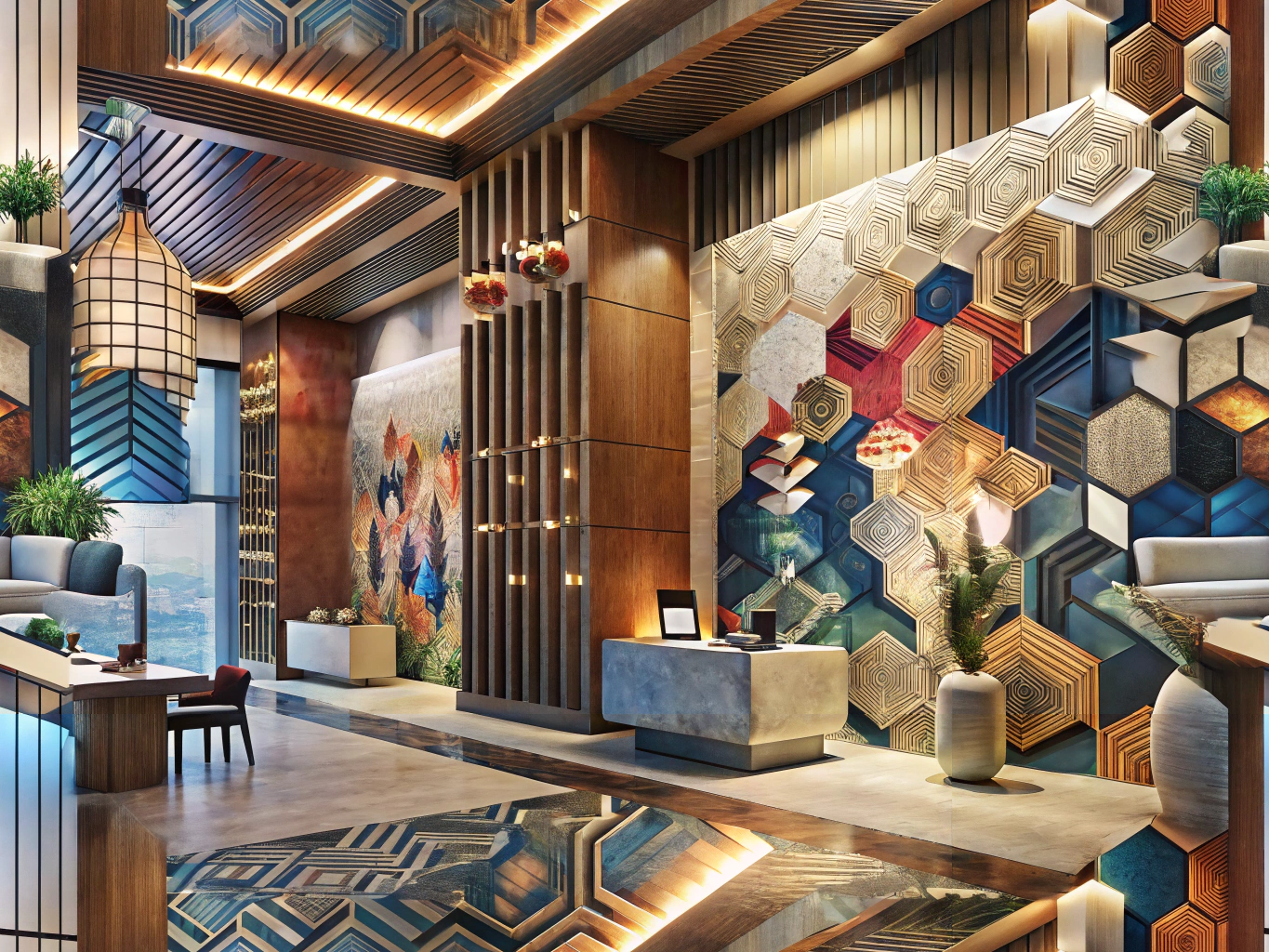A New Era: AI’s Emergence in Hotel Printing
Imagine walking into a hotel lobby where every printed piece—from the brochure in your hand to the art on the walls—has been touched by artificial intelligence. In recent years, AI has woven itself into the fabric of the hotel industry, offering fresh, innovative solutions for printing needs. As hotels aim to elevate guest experiences, AI is reshaping how they approach branding and marketing materials. But does this technological marvel spell the end for human creativity in hotel printing?
AI: The Maestro of Design Efficiency
AI technology is a maestro when it comes to processing vast amounts of data at lightning speed. This makes it an invaluable ally in generating design templates and layouts. For hotels, AI can streamline the creation of brochures, flyers, and other printed materials, ensuring consistency and efficiency. By analyzing trends and preferences, AI crafts designs that resonate with target audiences. This is particularly advantageous for large hotel chains that demand uniformity across multiple locations.
The Unyielding Spirit of Human Creativity
Yet, despite AI’s prowess, human creativity remains an irreplaceable asset in the design process. The hotel industry thrives on personal touches and unique experiences, often best captured by human designers. While AI can generate designs based on data, it lacks the emotional intelligence and cultural nuances that human designers bring to the table. Human creativity is essential for crafting compelling narratives and visuals that connect with guests on a deeper level.
Harmonizing AI and Human Ingenuity
The future of hotel printing is not a battle between AI and human creativity but a harmonious blend of the two. By leveraging AI for repetitive tasks and data analysis, designers can focus on more strategic and creative aspects of design. This collaboration allows hotels to produce high-quality, personalized materials that enhance brand identity and guest engagement. AI can serve as a powerful tool to augment human creativity, not replace it.
Stories of Success: AI and Human Collaboration
Several hotels have already embraced this collaborative approach, integrating AI into their design processes while maintaining a human touch. Take, for example, a renowned hotel chain that used AI to generate initial design concepts for their promotional materials. Human designers then refined these concepts, adding unique elements that reflected the hotel’s brand story. This approach not only saved time but also resulted in visually appealing and emotionally resonant designs.
Gazing into the Future: AI’s Role in Hotel Printing
As AI technology continues to evolve, its role in hotel printing will likely expand. However, the need for human creativity will persist, especially in an industry that values personalization and guest satisfaction. Hotels that embrace both AI and human input will be well-positioned to create innovative and impactful designs that stand out in a competitive market.
A Vision of Collaboration
In the grand tapestry of hotel printing, AI-generated designs offer numerous advantages in terms of efficiency and data-driven insights. Yet, they are not poised to replace human creativity. Instead, the future lies in a collaborative approach where AI and human designers work together to produce exceptional printed materials. By embracing this synergy, hotels can enhance their brand presence and deliver memorable experiences to their guests.
By understanding the strengths of both AI and human creativity, the hotel industry can continue to innovate and thrive in the ever-evolving landscape of design and printing.

